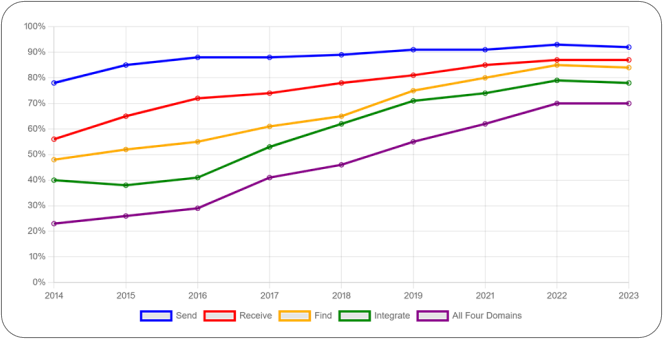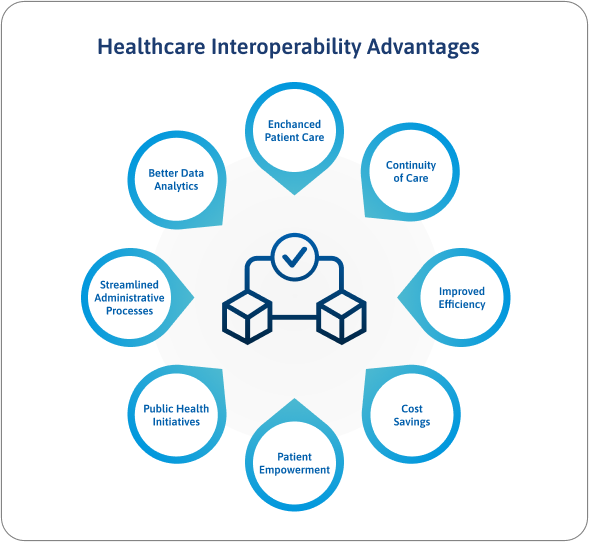A lack of interoperability in healthcare prevents professionals from accessing up-to-date and accurate patient information, significantly hindering their ability to deliver excellent patient care.
As healthcare providers focus on centralizing patient care, they are constantly challenged by a need for greater interoperability of existing systems.
Electronic Medical Records (EMRs), Electronic Health Records (EHRs), patient portals, insurance forms, and other systems have become a complex web of data, with significant gaps between each component.
This lack of interconnectivity impacts the quality of care provided, along with its cost efficiency. This is critical for large and multi-locational providers, where seamless system integration is even more crucial.
This article examines the challenges of healthcare interoperability and presents solutions for creating a more interconnected and efficient healthcare system.













